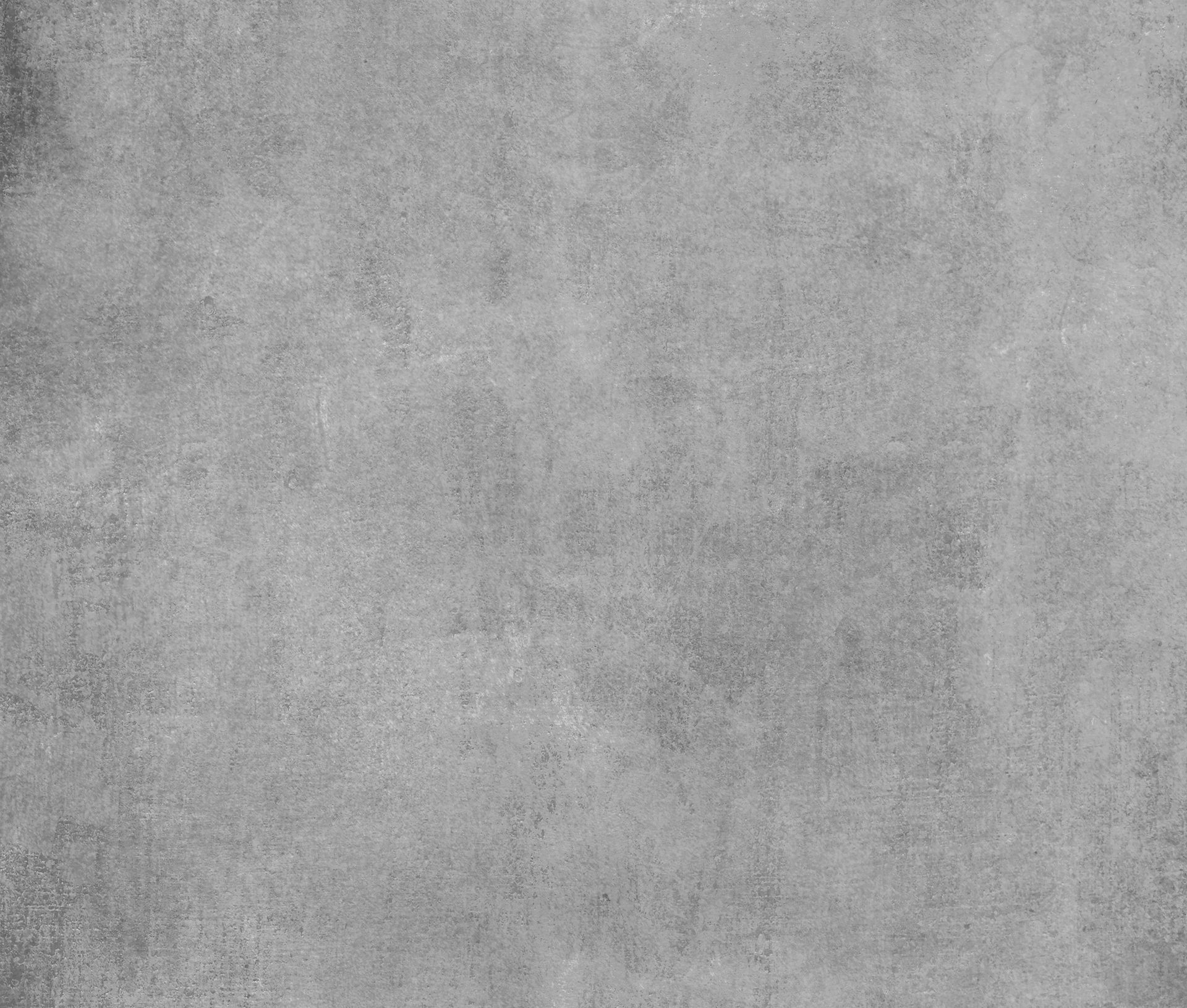How Storyboarding Can Save Time on Set (Even If You Can’t Draw)
- BazAct

- Sep 10
- 2 min read
Planning ahead is one of the most important parts of filmmaking—especially for students and teen filmmakers in Dubai who are learning the ropes through a film acting class, drama class, or screen acting course. And when it comes to planning shots, nothing beats the humble storyboard.
What Is a Storyboard?
A storyboard is a series of images that map out your film, shot by shot. Think of it like a visual script. Instead of describing what happens, you draw it. These sketches show things like:
• Where the camera is placed
• How characters move in the frame
• What the audience sees
You don’t need artistic talent to create one. Stick figures are fine. The goal is clarity, not beauty.
Why Use a Storyboard?
Filmmaking—whether it’s a student project or a full production—can quickly become overwhelming. When you arrive on set without a clear idea of what you’re filming, time gets wasted, actors wait around, and the final edit can feel scattered.
Here’s how storyboarding helps:
It Saves Time During Filming
When you’ve already made decisions about camera angles and composition ahead of time, filming goes faster. Everyone knows what to expect.
It Improves Communication
Your team—no matter how small—needs to understand the director’s vision. A storyboard gives the cinematographer, actors, and crew a shared visual reference.
It Helps with Continuity
In film acting classes and student productions, continuity mistakes are common. Storyboarding keeps each scene visually consistent, helping you match camera angles and blocking between takes.
It Makes You Think Visually
Many beginner filmmakers write a script and only think about visuals once they’re on set. Storyboarding forces you to imagine each scene through the camera’s lens. You begin to understand shot composition, camera movement, and emotional impact.
But What If You “Can’t Draw”?
Good news—you don’t need to. There are many ways to make effective storyboards:
• Stick Figures: Keep it basic. As long as you can tell who’s who and what’s happening, it works.
• Photos or Screenshots: Use your phone to take pictures that match your ideas.
• Digital Tools: Apps like Storyboarder, Canva, or even Google Slides can help you place characters and frames without drawing anything.
Storyboarding as a Learning Tool
For teens in Dubai learning screen acting or filmmaking, storyboarding is a powerful tool—not just for planning, but for learning how to tell visual stories. It teaches you to think like a director. It builds your understanding of camera language. And it helps you gain confidence on set.
Even if you never draw another storyboard in your life, the process itself trains your brain to think about storytelling in images—not just words.
Final Tip: Start Simple
Pick one scene from your short film and try to storyboard 3–5 shots. Ask yourself:
• Where is the camera?
• Who is in the frame?
• What emotion should the audience feel?
Start there. You’ll be surprised how much easier everything becomes once the plan is on paper.






Comments